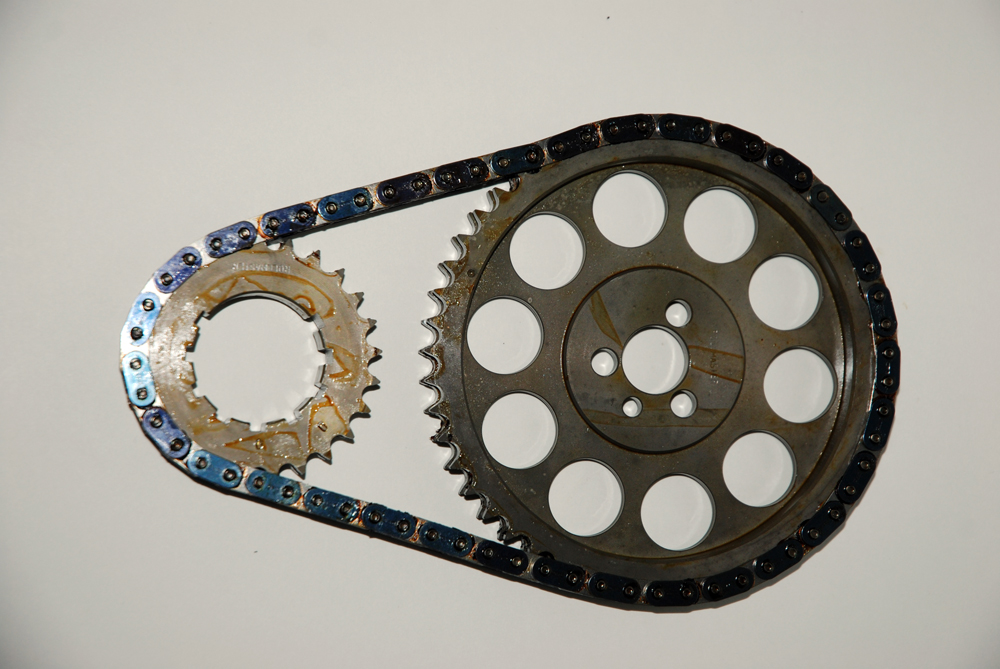
In our final segment of “Choosing the Right Crate Engine” (Part I, Part II, Part III) we’ll take a short look at the oiling system along with a selection of accessory bits you’ll need to think about. Obviously, the oil system is critical, but don’t take the little pieces lightly either. Much of the little hardware can add up when it comes to costs. And that can turn a crate motor “bargain” into precious metal.
Follow along as we look at the final details:
Oiling System: You can purchase a crate engine with an internal wet sump, an external wet sump or even a dry sump. One thing you have to keep in mind here is that a wide-open Pro Stock style chassis will accept a big box style pan. A chassis such as a something found in a stock ’68 Dodge Dart will mandate a far different pan. Engine speed is also an issue. If the engine you’re planning on purchasing is built for high RPM use, there’s a good chance a dry sump is part of the equation. On the other hand, a motor home crate engine with a dry sump would be absolute overkill and a complete waste of money. Remember too that in a street application, a steel pan might be more appropriate than an all aluminum pan. In a street environment, you have to deal with issues like speed bumps, high approach angle driveways and so on. Those aren’t issues for a race-only engine. In this case, plan for an oiling system geared toward the real application of the engine. Otherwise, you’ll be money and performance short.
Additional Components: There are plenty of other pieces on a crate engine that you should consider. For example, is the harmonic damper a SFI certified piece? If it isn’t, and the class you race in mandates one, then it means additional cost to you. How about items such as cam drives? Is the engine equipped with a timing chain, gear drive or a belt drive? Is a water pump included? How about little things like spark plug wires, wire dividers, a thermostat housing, a carburetor fuel line and other hardware? If these components are included in the price, be certain they are items you need for your application.
After giving the crate motor equation some thought, it’s easy to see there are a large number of things you have to consider when doing your shopping. When the time comes to select the engine for your car, be certain you match the engine as well as the engine components to the task at hand. You’ll be a bunch happier. And so will your car.


Oil pans are another big consideration. The text details some of the ins and outs, but don’t forget a custom style aluminum job like this piece from Jeff Johnston’s Billet Fabrication might be necessary in order to install the crate motor of choice in your chassis.







Leave a Reply